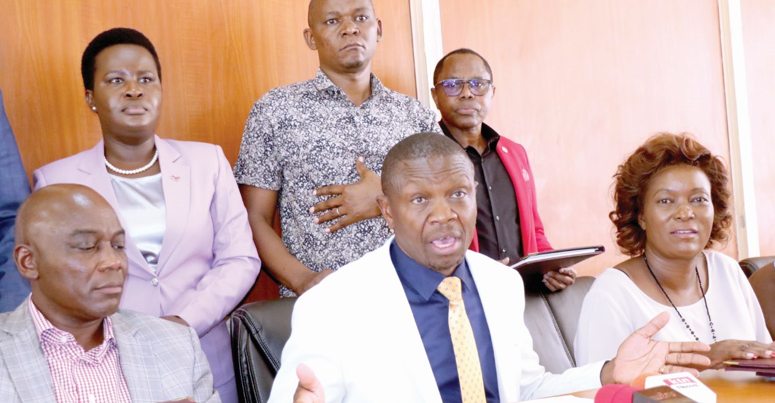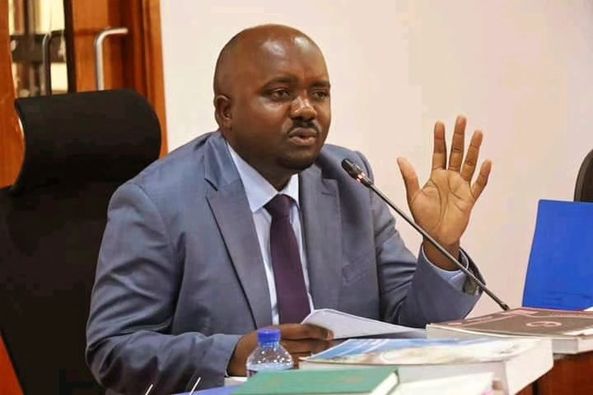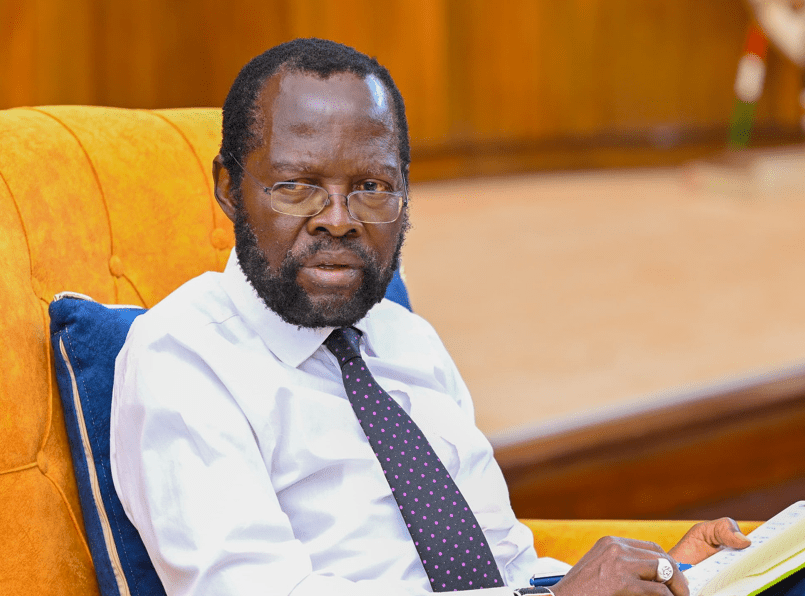Boundary review in focus as legislators call for 11 counties

The battle for boundary review has commenced with some 26 MPs calling for creation of additional 11 counties in the devolved structure of governance.
The lawmakers argued that the existing boundaries, which provisionally adopted districts as counties, have inadvertently led to economic, social and political marginalization.
Led by Additional Counties caucus chairman Marwa Kitayama (Kuria East), the lawmakers want the creation of Kuria, Teso, Mount Elgon, East Pokot, Mwingi, Gucha, Suba, Ijara, Nakuru West, Wajir South and Nyambene counties.
This means that should the proposal be passed and adopted by Kenyans, there will be 58 devolved units.
In a Memorandum presented to the National Dialogue Committee (NADCO), the 26 lawmakers argued that the Committee of Experts (CoE) provisionally adopted delineate in 1992 as the 47 proposed counties, emphasizing their role as lawfully recognized administrative units under the District and Provinces Act.
The clamour for additional counties comes after MPs approved a report of the Budget and Appropriation Committee (BAC) that proposed a Sh7.9 billion allocation to the Independent Electoral and Boundaries Commission (IEBC).
“We conclude that the provision of the initial 47 devolved units was not final but a basis for starting a new dispensation pending a more deliberative, consultative and rationalized delimitation process for administrative units,” said Kitayama.
Proposed framework
According to the caucus, by expanding the number of counties, the proposed framework aims to enhance representation, foster inclusivity, strengthen Local governance and promote economic equity.
Yesterday, after submitting the Memorandum to NADCO, Kitayama argued that the creation of additional counties presents a compelling solution to mitigate the effects of marginalization.
“We recognize that the provisional adoption of districts as Counties has resulted in economic, social and political marginalization. This has led to unequal access to political processes, restricted access to resources and inadequate service delivery, which undermines the promotion of national unity and inclusivity,” said Kitayama.
He went on: “We urge the National Dialogue Committee to support the proposal to delineate 11 additional counties of Kuria, Teso, Mount Elgon, East Pokot, Mwingi, Gucha, Suba, Ijara, Nakuru West, Wajir South and Nyambene as a means to address critical constitutional matters.”
Proposed parameters
Teso South MP Mary Emase proposed that parameters need to be put in place to determine the counties that will be added.
“We know many would want to have additional counties and that is why we are proposing that parameters that will guide this process be put in place. To this effect I want to say that we have submitted out petition before the committee because we believe that this is the time we need a review of our boundaries,” said Emase
Suba South MP Caroli Omondi said that in the initial constitutional making proves, some of the deserving areas were left out yet they have so many constituencies under. He claimed that some counties in Nyanza were actually short-changed as the initial proposal had Kuria and Suba as counties.
“We make a call for the future and that is why we want a review of our boundaries. The 47 counties were actually provisional and now the time is right for us to do the right thing,” he said.
The MPs further argued that the Constitution outlines recognition of diversity, the right of communities to manage their own affairs and further development and the promotion of the interests and rights of minorities and marginalized communities as foundational objectives of devolution.
“All the elements must be balanced into equipoise when determining the establishment of counties,” reads part of the referendum.
The caucus argued that the constitution does not expressly provide that ethnicity should be a factor that informs the demarcation for the boundaries of the counties, adding that the boundaries of the counties were demarcated along the boundaries of former districts which were based mainly on the colonial districts that were demarcated along ethnic lines.
“Despite a decade having passed since the promulgation of the Constitution, certain communities continue to experience marginalization on various fronts. Marginalization is characterized by systematic exclusion and limited participation, resulting in unequal access to resources, services and opportunities.










